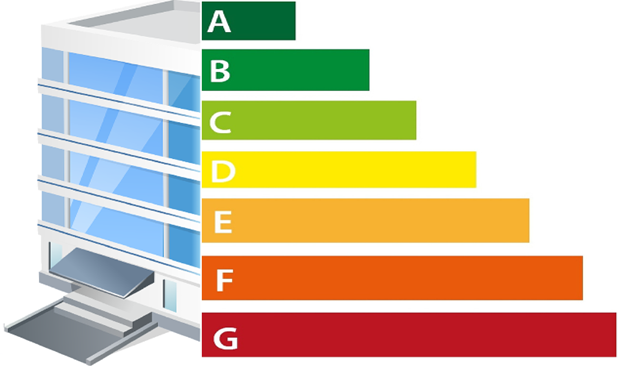Solar Energy Reports Dramatic Growth Across the Globe
Why (and Where) is Solar Energy Gaining Popularity?
In the past decade, solar energy has been by far the fastest growing source of renewable energy. Interestingly, this trend does not only derive from sun-drenched, rich countries. European countries such as England don’t seem to be too concerned about the clouds, and developing countries are making a serious effort to reduce pollution by building massive solar farms. It is now truly a global phenomenon.
The medal for fastest growing market for solar energy recently went to Latin America: in the past two years, its solar power has tripled. Twice. It does sound logical if you consider that the continent has some of the regions with the best solar expositions in the world. Moreover, in all countries with an underdeveloped energy infrastructure, solar has fewer cheap competitors and can be easier to introduce. Sunnier countries are advantaged, since their costs are undoubtedly lower, but solar energy costs are dropping so fast that less fortunate areas don’t need to worry. Of course, a factor to consider in the cost calculations is the price of oil in the specific region. For instance, in Middle Eastern countries solar has already become cheaper than oil, because of the area’s peculiar market.
A second reason why solar energy is gaining popularity in developing countries is the infrastructural configuration, with houses scattered in remote areas, with low access to electricity. The rising need for energy brought by economic growth has led people in these areas to consider solar energy as a viable option, since it can allow for total independence from the grid. Rural India has been helped by development organizations that brought cheap solar systems to millions of citizens who previously had no electricity at all. This was the product of careful calculations on how much the poorer spend on energy, which ends up being more than the average, thus making solar energy an equal or cheaper option than the traditional ones.
Another interesting fact is that solar energy in areas like Latin America is not subsidized, which actually attracts developers who benefit from not being dependent on the stability of government policies. Even though the spectacular growth is being led by the more forward-looking countries like Chile, it would be fair to predict that neighboring nations will be watching and learning. Meanwhile, two of the planet’s worst polluters – China and the aforementioned India – are taking big steps towards the adoption of renewables. India has launched large scale tree-planting plans and started powering its airports with solar farms. China’s solar panels companies are world leaders thanks to their highly competitive prices, and now own 70% of the world’s market. Even though most of the production is meant for exportation, domestic demand has risen with the national version of the Feed in Tariff.
Read More: How Will We Tackle Climate Change?




















